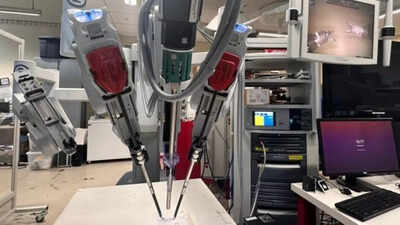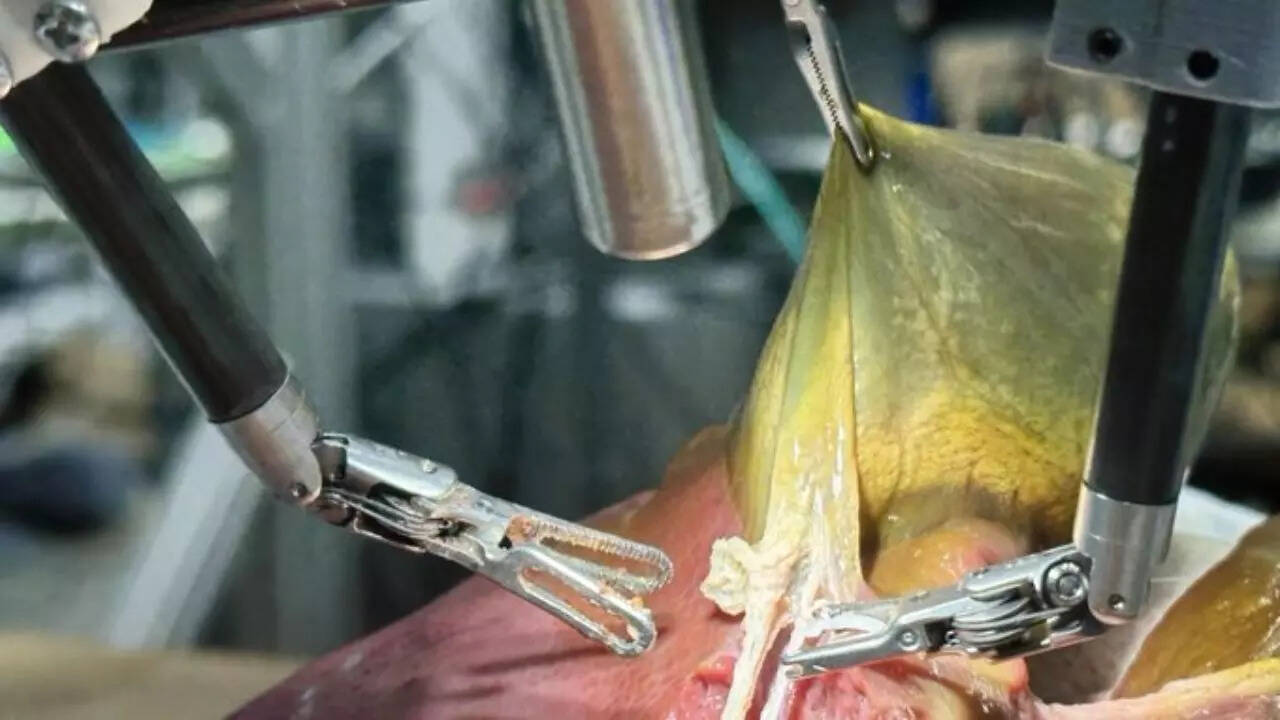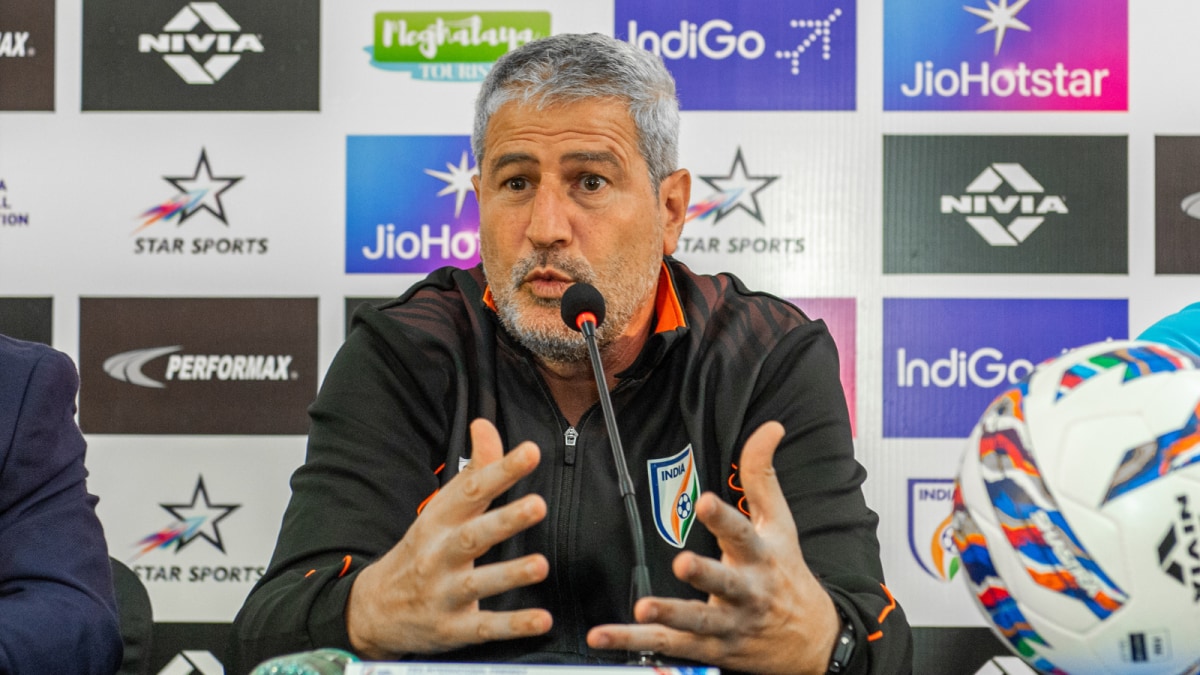ARTICLE AD BOX

Until now, AI robots were known to help humans by serving them food, cleaning around the house or assisting with day-to-day tasks. However, with constant experimentation and development, it has always been expected that AI can take over the world.
That in the near future, it will be able to do everything that humans can and can not.One of the biggest and most groundbreaking steps in the direction has been achieved by an AI robot who recently successfully performed a gall bladder operation with 100% success rates, changing the future of medicine forever.The robot skillfully separated the gall bladder from the liver of a dead pig. Now experts are hoping that automated surgeries can be used as a treatment method for humans within the next decade.“The future is bright – and tantalisingly close,” said Ferdinando Rodriguez y Baena, a Medical Robotics professor at Imperial College London, to New Scientist.The surgery marks a stepping stone for AI robots into the world of complex tasks. For the operation, the robot surgeon was powered by a two-tier AI system trained on 17 hours of video encompassing 16,000 motions.
How did the AI robot perform the operation?

Image credits: X
The hard work was divided between the two layers.
While the first one watched the video footage and created plain-language instructions, the second one turned each instruction into three-dimensional tool motions so that the operations could be completed.The robot achieved 100% success in every task and just to ensure that its performance wasn't a fluke, it performed the same operation seven more times. Each time, with complete success.
Will AI robots replace human doctors?
Well, isn't AI itself a human creation? And just like humans, it seems AI makes mistakes too.The experiment was led by a team of researchers from John Hopkins University in Baltimore. “This made us look into what is the next generation of robotic systems that can help patients and surgeons,” said Axel Krieger from Johns Hopkins.However, humans need not worry anytime soon as the bot had to self-correct itself multiple times. “There were a lot of instances where it had to self-correct, but this was all fully autonomous,” Krieger explained.
“It would correctly identify the initial mistake and then fix itself.”Additionally, the bot also had to ask the humans to replace one of its surgical instruments, meaning the operation wasn't entirely automated. Now, according to Kreiger the next step would be to let the robot autonomously operate on a live animal where living and breathing could complicate things.



.png)
.png)
.png)
















 6 hours ago
4
6 hours ago
4









 English (US) ·
English (US) ·